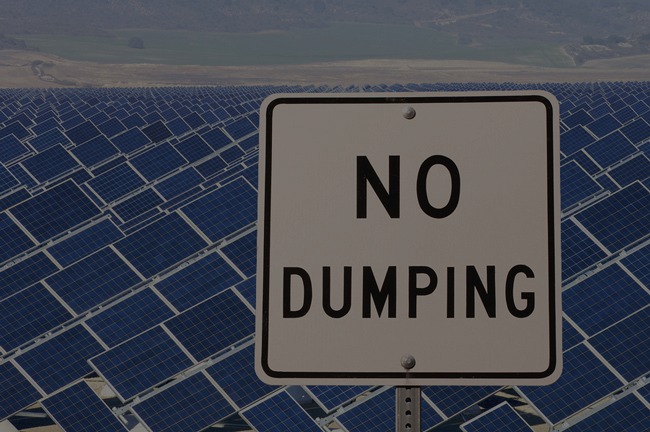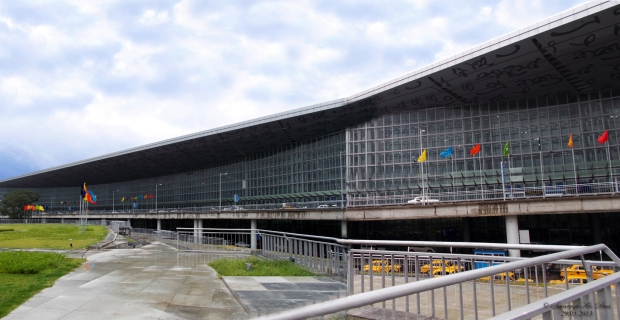Just as every parent remembers and cherishes the first baby step his or her child took, every renewable energy aficionado will take to heart the fact that the contract for building the country’s first large-scale battery storage-backed solar plant is all but formally awarded.
Neyveli Lignite Corporation (NLC), the government-owned lignite mining and power company, has completed the tender process for selecting a builder of a 20 MW solar plus 28 MWhr storage plant in the Andaman islands. Mahindra Susten, solar plant construction company of the Mahindra & Mahindra group, has emerge the best bidder, quoting ₹299 crore.
Since there do not seem to be much scope for a slip between the completion of the bidding process and the formal award of the contract, it appears that the country’s first large-scale solar-cum-storage project is reality just round the corner.
The question is, when will the baby take its second step.
Future of storage
A few years ago, it used to be said that solar energy is a cheaper alternative to diesel-derived power. Today, when ‘solar’ has left diesel far behind and is competing mano-a-mano with coal, the battery stored solar energy is acquiring the ‘alternative to diesel’ label. It is perhaps inevitable that ‘storage’ will follow solar’s footsteps and become cheaper, but the question is ‘when’. By the looks of it, not quite anytime soon.
Some in the industry observe that they do not see the same buck in the Government for storage as was seen for solar. Want an illustration? 28 per cent GST on storage plants. The consultancy, Bridge-to-India, notes that there have been four other utility scale storage tenders in India by Solar Energy Corporation of India and NTPC in Andhra Pradesh, Karnataka and Andaman & Nicobar, but all of these, with aggregate capacity of 35 MW, have been scrapped without any reasons.
“India is doing very little to capture energy storage opportunity,” Bridge-to-India said in a statement. “The underlying problem is a mix of high cost sensitivity and lack of awareness about technical potential of storage.”
Rahul Walawalkar, Executive Director, Indian Energy Storage Association, observes that while everybody acknowledges the importance of storage – for, without storage, there can be no smart cities, electric mobility or 24×7 power supply in remote areas – very little has been happening in India in terms of building large-scale storage capacity linked to solar plants.
He says the fundamental reason is the propensity to wait for costs to come down. One can see the asset owners’ point of view. A November 2014 report of UBS and Navigant Research said that battery costs would come down to $230 per kWhr, from around $700 then, in three years. It has been spot on in its prediction. It had further predicted that costs would go further down, to the neighbourhood of $100, on par with the conventional lead-acid batteries.
Meanwhile, technology has also been improving. A key performance parameter is the ‘number of cycles’, or the number of times a battery can be discharged-recharged. Ten years back, a lithium-ion battery was of 1,000 cycles; today’s batteries boast of 3,000. Walawalkar says that there are technologies that can get it to as high as 20,000 cycles.
Better alternative
But if replacing diesel gensets with solar-storage combination (storage for night supply) makes economic sense even today, why dither? Industry experts attribute this to a number of factors ranging from availability of equipment to lack of awareness to the ingrained tendency to wait for costs to come down. Walawalkar rues that people look at upfront costs rather than lifetime costs.
In any case, diesel replacement is still not large-scale. The push for big projects should come from the utilities — the electricity distribution companies most of which are State-owned and close to broke. They would rather wait for prices to come within reach than plunge into the unknown. Till then, not buying green power for them is a better option than buying and storing it.
Source: http://www.thehindubusinessline.com/specials/clean-tech/solar-batterey-storage-mega-project-andaman-islands-mahindra-susten-nlc/article9921848.ece


